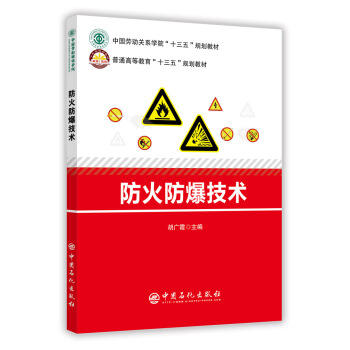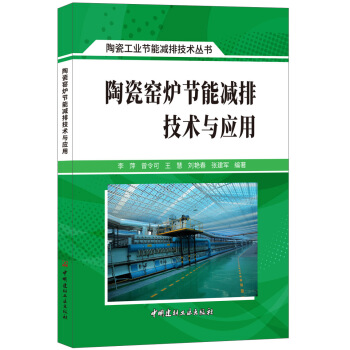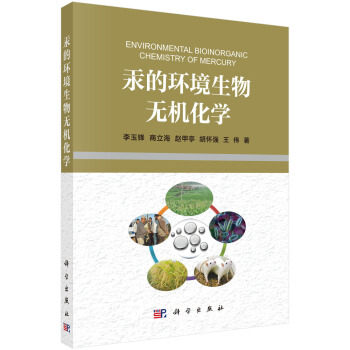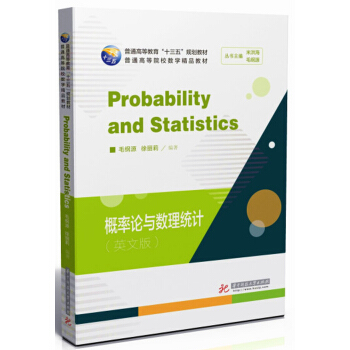

具体描述
编辑推荐
适读人群 : 高等院校理工、财经、医药、农林等专业大学本科生、研究生,从事概率论与数理统计双语或英语教学的教师,特别是准备出国留学的大学生及高中毕业生本书可以作为大学数学概率论与数理统计双语或英语教学教师和准备出国留学深造学子的参考书。特别适合中外合作办学的国际教育班的学生,能帮助他们较快地适应全英文的学习内容和教学环境,完成与国外大学学习的衔接。本书在定稿之前已在多个学校作为校本教材试用,而且得到了师生的好评。
内容简介
本书采用学生易于接受的知识结构方式和英语表述方式,科学、系统地介绍了概率论与数理统计中随机事件与概率、古典概率的计算、一维随机变量及概率分布、二维随机变量及其分布、随机变量的数字特征、大数定律和中心极限定理、样本及抽样分布、参数估计等知识。强调通用性和适用性,兼顾先进性。本书起点低,难度坡度适中,语言简洁明了,不仅适用于课堂教学使用,同时也适用于自学自习。全书有关键词索引,习题按小节配置,题量适中,题型全面,书后附有答案。本书读者对象为高等院校理工、财经、医药、农林等专业大学生和教师,特别适合作为中外合作办学的国际教育班的学生以及准备出国留学深造学子的参考书。
作者简介
毛纲源,武汉理工大学资深教授,毕业于武汉大学,留校任教,后调入武汉工业大学(现合并为武汉理工大学)担任数学物理系系主任,在高校从事数学教学与科研工作40余年,除了出版多部专著(早在1998年,世界科技出版公司World Scientific Publishing Company就出版过他主编的线性代数Linear Algebra的英文教材)和发表数十篇专业论文外,还发表10余篇考研数学论文。主讲微积分、线性代数、概率论与数理统计等课程。理论功底深厚,教学经验丰富,思维独特。曾多次受邀在各地主讲考研数学,得到学员的广泛认可和一致好评:“知识渊博,讲解深入浅出,易于接受”“解题方法灵活,技巧独特,辅导针对性极强”“对考研数学的出题形式、考试重点难点了如指掌,上他的辅导班受益匪浅”。
徐丽莉,北京师范大学珠海分校副教授,毕业于北京师范大学,美国德克萨斯理工大学统计学硕士。主讲概率论与数理统计、统计预测决策、企业统计学、线性代数等课程。在国内外权wei期刊发表中英文论文10余篇。
精彩书评
本书是概率论与数理统计教材,采用全英文编写,是作者几十年来在教学一线工作经验的总结,在编写过程中参考了国外优秀的英语概率论与数理统计教材,探讨了适应中国学生学习的一些内容和模式,符合当前大学数学概率论与数理统计课程英语教学的特点,很具有实用性和针对性。目录
Chapter 1 Introduction to Probability(1)1.1 Sets and Set Operations(1)
1.2 Random Experiments(5)
1.3 Sample Space(6)
1.4 Events (Random Events)(8)
1.4.1 The concept of events (random events)(8)
1.4.2 Relations among events(10)
1.4.3 Operations of events(10)
1.5 Relative Frequency(14)
Exercise 1(15)
Chapter 2 Finite Sample Spaces(17)
2.1 Classical Probability Model(17)
2.1.1 Finite sample spaces(17)
2.1.2 Equally likely outcomes(19)
2.1.3 Classical probability model or equally likely probability model(20)
2.1.4 Counting methods(21)
2.2 Basic Properties of Probability(30)
Exercise 2(35)
Chapter 3 Conditional Probability and Independence(37)
3.1 Conditional Probability(37)
3.2 Product Rule (Multiplication Rule)(39)
3.3 Total Probability Law(41)
3.4 Bayes’Theorem(44)
3.5 Independent Events(46)
3.5.1 Independence of two events(46)
3.5.2 Independence of several events(49)
Exercise 3(51)
Chapter 4 Random Variables and Distributions(54)
4.1 Definition of Random Variable(54)
4.2 Discrete Random Variable(56)
4.2.1 Probability distribution of discrete random variables(56)
4.2.2 Some commonly used discrete probability distributions(59)
4.3 Cumulative Distribution Function(66)
4.3.1 Finding the cumulative distribution function of discrete variable(66)
4.3.2 Determining probability by the distribution function(68)
4.3.3 Finding the probability function of a random variable with cumulative distribution function(70)
4.4 Continuous Random Variable(70)
4.4.1 Continuous random variable and probability density function(70)
4.4.2 Some continuous probability distributions(73)
4.5 Finding the Distribution of Random Variable Function(81)
4.5.1 Finding the probability distribution of discrete random variable function(81)
4.5.2 Finding the p.d.f. of the function Y=g(X),where y=g(x) is continuous monotonic function(82)
4.5.3 Finding the p.d.f. of the function Y=g(X) where X is a continuous random variable(86)
4.5.4 Finding the distribution of the function Y=g(X) where X is a continuous random variable(87)
Exercise 4(88)
Chapter 5 Two-dimensional Random Variable(91)
5.1 Concept of Joint Probability Distribution(91)
5.1.1 Joint probability distribution for two discrete random variables(91)
5.1.2 Marginal distribution of discrete random variable(93)
5.1.3 Joint probability distribution function for two continuous random variables(98)
5.1.4 Marginal probability density function and conditional probability density(100)
5.1.5 The joint p.d.f. for two random variables(101)
5.2 Conditional Distribution(104)
5.3 Two Commonly Useful Distributions(108)
5.3.1 Two-dimensional uniform distribution(108)
5.3.2 Bivariate normal distribution(109)
5.4 Independence of Two Random Variables(110)
Exercise 5(115)
Chapter 6 Numerical Characteristics of Random Variables(118)
6.1 Expectation of Random Variable(118)
6.1.1 Expectation of discrete distribution(118)
6.1.2 Expectation of continuous random variable(119)
6.1.3 The expectation of function(120)
6.1.4 Properties of expectation(123)
6.2Variance of Random Variable(124)
6.2.1 Definition of the variance and the standard deviation(124)
6.2.2 Properties of the variance of random variable(127)
6.2.3 The expectation and variance of special probability distribution(129)
6.3 Covariance and Correlation(132)
6.3.1 Covariance(132)
6.3.2 Correlation coefficient(134)
6.4 Moments and Covariance Matrix(137)
Exercise 6(138)
Chapter 7 Law of Large Number and Central Limit Theorem(140)
7.1 Chebyshev’s Inequality(140)
7.2 Law of Large Number(142)
7.3 Central Limit Theorem(144)
Exercise 7(147)
Chapter 8 Basic Concept in Mathematical Statistics Introduction(148)
8.1 Random Sampling(148)
8.1.1 Population and sample(148)
8.1.2 Random sample(149)
8.1.3 Distribution of random sample(150)
8.2 Statistics(154)
8.3 Sampling Distribution(157)
8.3.1 The chi-square distribution(157)
8.3.2 The t-distribution(160)
8.3.3 The F-distribution(162)
8.4 Sampling Distribution Related to Sample Mean or (and) Sample Variance from Normal Population(165)
8.4.1 Sampling distribution related to sample mean or (and) sample variance from one normal population(165)
8.4.2 Sampling distribution related to sample mean of (and) sample variance from two normal populations(166)
Exercise 8(168)
Chapter 9 Parameter Estimation(171)
9.1 Point Estimation(171)
9.2 The Particular Properties of Estimators(172)
9.2.1 Unbiasedness(172)
9.2.2 Validity(173)
9.2.3 Consistency(175)
9.3 Moment Estimation and Maximum Likelihood Estimation(176)
9.3.1 Moment estimation(176)
9.3.2 Maximum likelihood estimation(177)
9.4 Interval Estimation of Mean and Variance for Normal Population(182)
9.4.1 The case for a single normal population(182)
9.4.2 The case for two populations N(μ1,σ21),N(μ2,σ22)(188)
Exercise 9(191)
Chapter 10 Hypothesis Testing(195)
10.1 General Concepts Used in Hypothesis Testing(195)
10.1.1 Statistical hypothesis(195)
10.1.2 Two types of errors(197)
10.1.3 Testing a statistical hypothesis(198)
10.2 Hypothesis Test for a Single Normal Population Parameter(201)
10.2.1 Hypothesis test for mean μ of a single normal population(201)
10.2.2 Hypothesis test for variance(205)
10.3 Hypothesis Test of Two Normal Population Parameters(208)
10.3.1 Hypothesis test for a difference between two normal populations(208)
10.3.2 Hypothesis test for two normal population variances(212)
10.4 The Relationship between Hypothesis Testing and Confidence Interval(215)
Exercise 10(216)
Answers to Exercises(219)
Appendix A Some Important Distributions(230)
Appendix B Statistical Tables(231)
Table B-1 Poisson Distribution(231)
Table B-2 Standard Normal Distribution(233)
Table B-3 t-Distribution(235)
Table B-4 χ2-Distribution(237)
Table B-5 F-Distribution(240)
前言/序言
Probability and statistics is a basic course of statistical regularity of random phenomena,which focuses on the interpretations,methods and theories in probability and statistics as well as presenting the specific application in all fields according to their characteristics.Ideas and concepts are shown in this textbook with plenty of examples in order to make the course structure easier to understand.
You are supposed to comprehend and understand the basic concepts of probability and mathematical statistics somehow by reading this book,knowing how to deal with random experiments as well.It also trains readers to use the methods to analyze and solve actual problems,and lays a solid basis of statistics for the future study of other related advanced courses.
用户评价
说实话,我抱着一种既期待又有些忐忑的心情开始阅读这本统计学的“大部头”。我个人对数学推导多少有些畏惧,但这本书的叙述方式却出乎意料地平易近人。作者在介绍每一个定理时,都会先给出一个背景介绍,解释这个理论在实际应用中解决了什么问题,而不是直接抛出一个冷冰冰的公式。这种“先知其然,再知其所以然”的教学方式,极大地激发了我的学习兴趣。例如,在讲解假设检验这一关键部分时,书中不仅详细列出了每一步的操作流程,还配有详细的案例分析,让我明白什么时候该用Z检验,什么时候该用卡方检验。唯一的“小遗憾”是,某些高级主题的深入探讨部分,篇幅相对较短,如果能再多提供一些相关的拓展阅读或更复杂的应用场景,那就更完美了。但瑕不掩瑜,对于打下坚实的理论基础而言,这本书的贡献是无可替代的。
评分这本书的封面设计简约大气,蓝白相间的配色给人一种沉稳、严谨的感觉,拿在手里分量十足,一看就知道是本真材实料的硬核教材。我拿到手翻阅的第一感受是,内容编排得非常清晰,章节划分逻辑性很强,从最基础的概率论概念讲起,逐步深入到数理统计的核心理论。书中的例题和习题设计得非常巧妙,有些题目看似简单,实则考察了对基本原理的深刻理解,非常适合用来巩固知识点。尤其让我印象深刻的是,它对一些抽象概念的解释,比如大数定律和中心极限定理的阐述,作者用了非常直观的语言和图示来辅助说明,即使是初次接触这些内容的读者也能很快抓住重点。不过,对于完全没有数学基础的读者来说,可能需要多花一些时间去适应这种严密的数学推导过程。总的来说,这是一本非常优秀的入门和进阶工具书,对于希望系统学习概率论与数理统计的工科或理科学生来说,绝对是值得拥有的良伴。
评分作为一本高等数学领域的经典之作,它在处理随机变量的联合分布和条件期望这些“拦路虎”时,展现出了教科书应有的风范。作者似乎非常理解学生在学习这些内容时会遇到的思维定势和认知障碍,因此在讲解上采取了层层递进、庖丁解牛般的细致。它不仅告诉你“怎么做”,更深入地挖掘了“为什么是这样”。我特别欣赏它在介绍统计推断时,对贝叶斯方法的引入和阐述,它并没有把它当作一个旁支,而是将其置于与频率学派方法并驾齐驱的重要地位进行讨论,展现了统计学思想的包容性和前沿性。这本书的价值不在于让你快速通过考试,而在于为你未来的学术或职业发展铺设一条坚实而宽广的知识大道。它需要的投入是时间与专注,而它回报给你的,是对随机世界深刻而系统的洞察力。
评分这本书的装帧质量非常出色,纸张厚实,印刷清晰,即便是长时间阅读也不会感到眼睛疲劳。更重要的是,它在排版上的用心程度令人赞叹。公式的排版堪称教科书级别的典范,对希腊字母和上下标的处理得当到无可挑剔,使得复杂的数学表达式一目了然。相比一些老旧的影印版教材,这本书在术语的翻译上也更加与时俱进,力求精准和规范化,这对于需要和国际学术界接轨的读者来说至关重要。我特别喜欢书中那些被框起来的“重点提示”和“常见误区”,它们像是经验丰富的导师在耳边悄悄提醒你容易犯错的地方,极大地提高了学习效率。唯一的建议是,如果能附带一个配套的解题视频或在线资源库,让读者能实时检验自己的解题思路,那就更具竞争力了。
评分我对比了好几本市面上主流的概率统计教材,最终选择了这一本。最大的差异点在于它对“数理”部分的强调程度。这本书并没有停留在简单地罗列公式和套用公式,而是将概率论视为一门严谨的数学分支来对待,非常注重公理化体系的构建和证明过程的完整性。对于那些追求理论深度,想要未来从事相关研究工作的读者来说,这本书简直就是一座宝库。它详尽地剖析了测度论在概率论中的应用,这在很多本科教材中是很少见的。当然,这种深度也意味着阅读的门槛较高,我建议读者最好在学完微积分和线性代数后再来啃这本书,否则很容易在复杂的极限和积分符号中迷失方向。不过,一旦攻克下来,你会感觉对随机现象的理解上升到了一个新的维度,不再是停留在直觉层面,而是真正掌握了其背后的数学逻辑。
相关图书
本站所有内容均为互联网搜索引擎提供的公开搜索信息,本站不存储任何数据与内容,任何内容与数据均与本站无关,如有需要请联系相关搜索引擎包括但不限于百度,google,bing,sogou 等
© 2026 book.tinynews.org All Rights Reserved. 静思书屋 版权所有

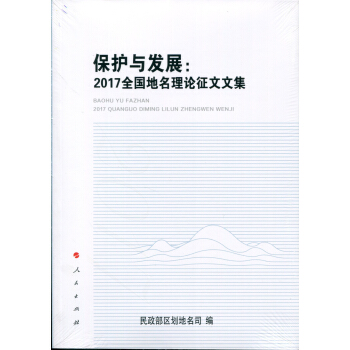
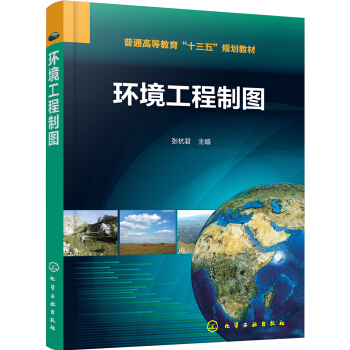

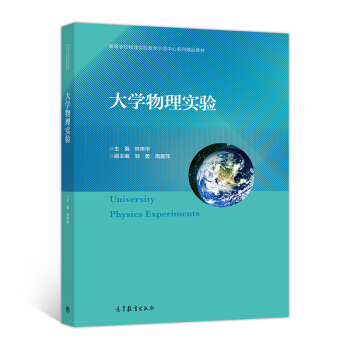
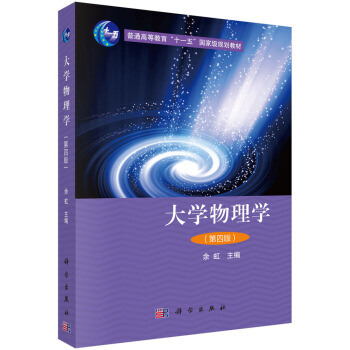
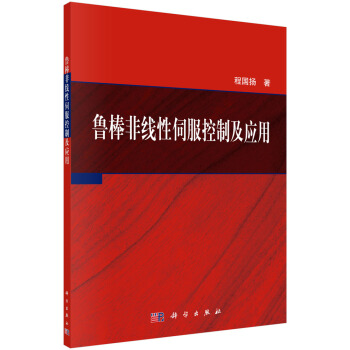

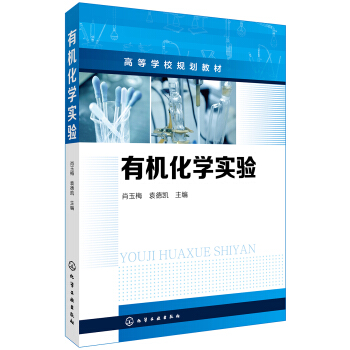
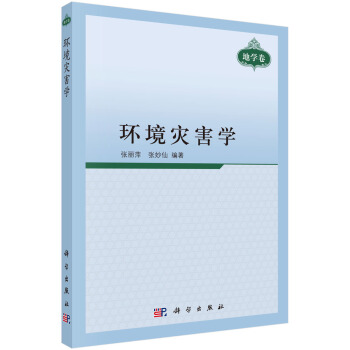
![再生资源管理政策法规汇编 [Renewable Resources] pdf epub mobi 电子书 下载](https://pic.tinynews.org/12308599/5ab4c11eNdc595f44.jpg)

![基因突变检测技术与精准给药 [Gene Mutation Detection and Precise Drug Administration] pdf epub mobi 电子书 下载](https://pic.tinynews.org/12310168/5aab886fNa700be54.jpg)


